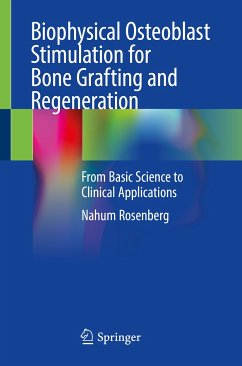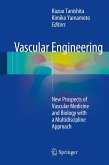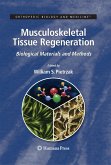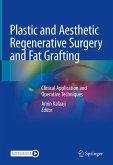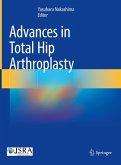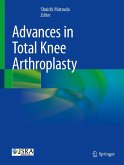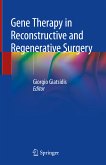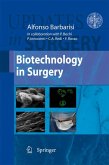The author analyses different types of biophysical stimulation of osteoblasts for bone regeneration, e.g. mechanical (static and alternating, including distraction osteogenesis), electromagnetic (pulsed, alternating, static), light (at different spectrum range, including laser), acoustic (including ultrasound), RF etc. Moreover, he summarizes and discusses the most significant findings for in vitro bone generation and its resulting clinical use as autologous bone graft without surgical morbidity.
Reflecting the author's extensive experience this book is an excellent source of knowledge and a valuable aid to clinical practice for all orthopedic surgeons, fellows, and researchers wanting to gain insights into this promising field.
Dieser Download kann aus rechtlichen Gründen nur mit Rechnungsadresse in A, B, BG, CY, CZ, D, DK, EW, E, FIN, F, GR, HR, H, IRL, I, LT, L, LR, M, NL, PL, P, R, S, SLO, SK ausgeliefert werden.

